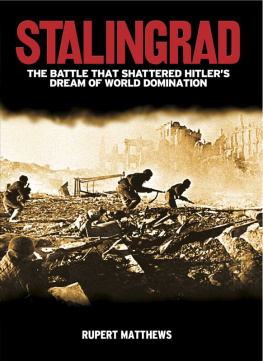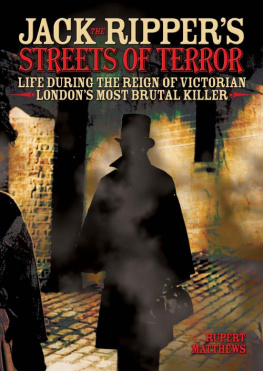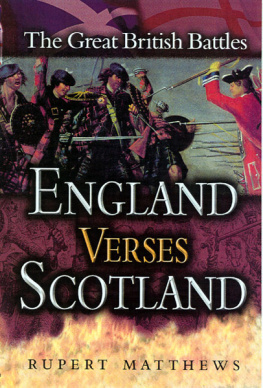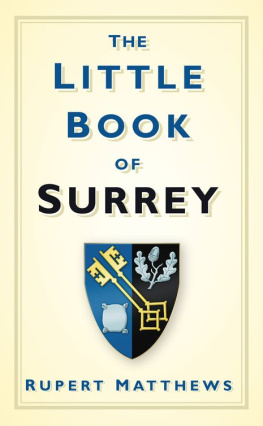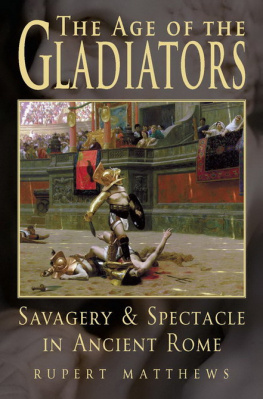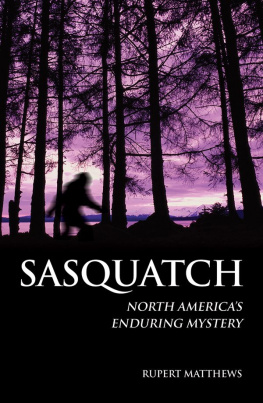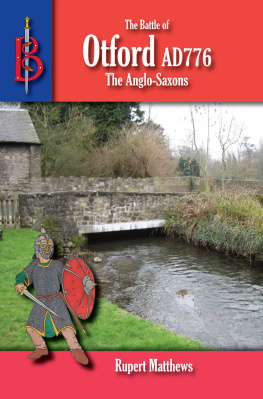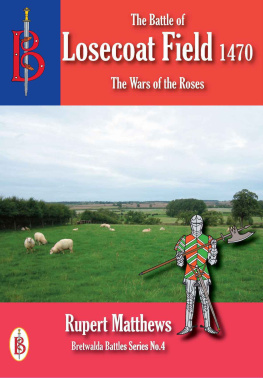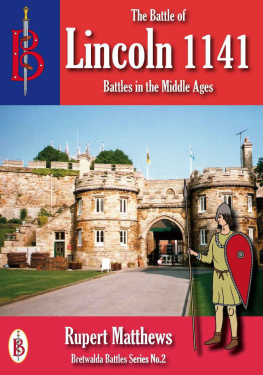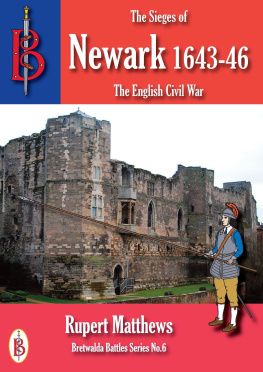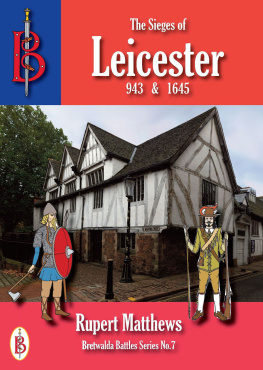Rupert Matthews - Stalingrad
Here you can read online Rupert Matthews - Stalingrad full text of the book (entire story) in english for free. Download pdf and epub, get meaning, cover and reviews about this ebook. year: 2013, publisher: Arcturus Digital Limited, genre: Non-fiction. Description of the work, (preface) as well as reviews are available. Best literature library LitArk.com created for fans of good reading and offers a wide selection of genres:
Romance novel
Science fiction
Adventure
Detective
Science
History
Home and family
Prose
Art
Politics
Computer
Non-fiction
Religion
Business
Children
Humor
Choose a favorite category and find really read worthwhile books. Enjoy immersion in the world of imagination, feel the emotions of the characters or learn something new for yourself, make an fascinating discovery.
- Book:Stalingrad
- Author:
- Publisher:Arcturus Digital Limited
- Genre:
- Year:2013
- Rating:5 / 5
- Favourites:Add to favourites
- Your mark:
- 100
- 1
- 2
- 3
- 4
- 5
Stalingrad: summary, description and annotation
We offer to read an annotation, description, summary or preface (depends on what the author of the book "Stalingrad" wrote himself). If you haven't found the necessary information about the book — write in the comments, we will try to find it.
Stalingrad — read online for free the complete book (whole text) full work
Below is the text of the book, divided by pages. System saving the place of the last page read, allows you to conveniently read the book "Stalingrad" online for free, without having to search again every time where you left off. Put a bookmark, and you can go to the page where you finished reading at any time.
Font size:
Interval:
Bookmark:
RUPERT MATTHEWS


The campaign that reached its climax in Stalingrad was fought across a vast area of the southern USSR from Odessa to Grozny, from Sevastopol to Kursk

This edition published in 2012 by Arcturus Publishing Limited
26/27 Bickels Yard, 151153 Bermondsey Street,
London SE1 3HA
Copyright 2012 Arcturus Publishing Limited
All rights reserved. No part of this publication may be reproduced, stored in a retrieval system, or transmitted, in any form or by any means, electronic, mechanical, photocopying, recording or otherwise, without written permission in accordance with the provisions of the Copyright Act 1956 (as amended). Any person or persons who do any unauthorised act in relation to this publication may be liable to criminal prosecution and civil claims for damages.
ISBN: 978-1-78212-258-6
Picture credits: Bundesarchiv German Federal Archives, Corbis, ED Archives, Getty Images and RIA Novosti.
For more information contact .

German gun crew engaged in a rare episode of street fighting. Skill in such tactics would become absolutely essential in Stalingrad
The vast bloodletting at Stalingrad brought death, injury and misery on an unprecedented scale. Men, women and children were butchered by the hundreds of thousands in conditions of such abject awfulness that even today nobody can say to the nearest 10,000 how many were killed. The human cost was enormous, the horror was unimaginable and the scale of destruction was awesome.
The battle was a disaster for almost everyone involved, but it was Adolf Hitler who came out of it worst. His plans for the conquest of the Soviet Union were destroyed at Stalingrad. Along with them went the Nazis ambitions for a New World Order. Maps of the Great German Reich had already been drawn up and architects schemes for the new German cities had been finalized, but they were never to be used. Everything had depended on the destruction of the Soviet Red Army, and at Stalingrad the Red Army showed that it was not about to be destroyed any time soon.
If Hitler had failed to win the war in the west during the Battle of Britain, its equally clear he lost the war in the east at Stalingrad.
And yet it should never have been like that. Stalingrad was never a key objective of the German army it was only ever a secondary target. Nor did the Red Army rate Stalingrad as being of any great importance. It was just one of a score of industrial cities in the Soviet Union. Others like it changed hands during the fighting without undue loss to either side. The names of those other cities have largely been forgotten outside their immediate area, but Stalingrad came to be the focus of a titanic military battle of unprecedented proportions, one which decided the fates of entire nations.
This book is about why this city became so important and the effect this had on the lives of those caught up in the terrifying conflict.
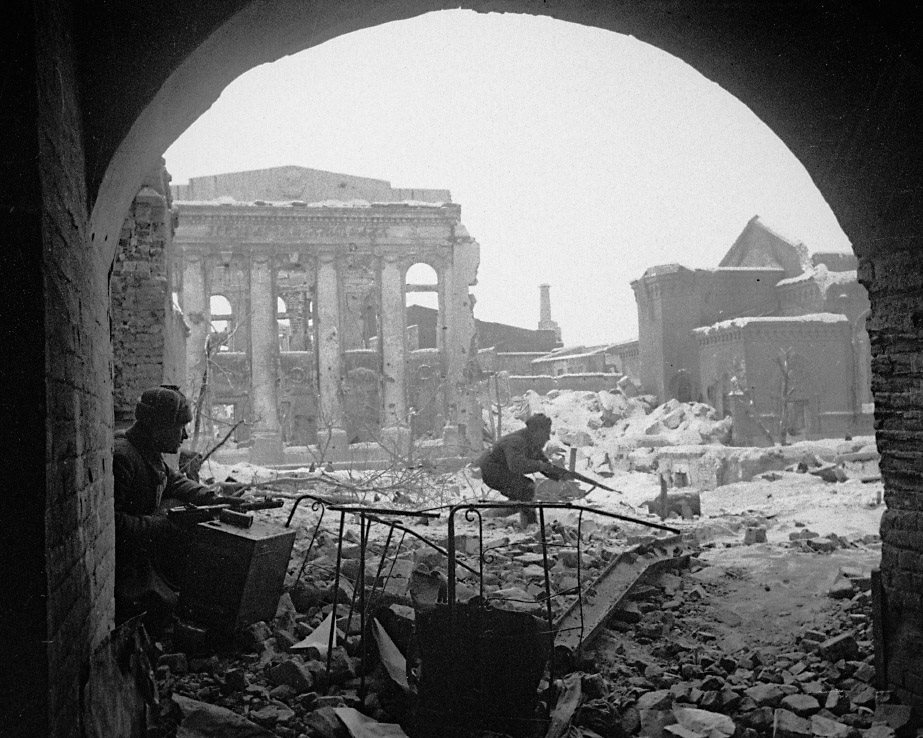
A Soviet rifle platoon advances cautiously in Stalingrad in late 1942. The murderous fighting destroyed the city
The Second World War began with a German attack on Poland early on 1 September 1939. With hindsight we know that the GermanPolish War would spread to engulf the entire world and would drag on for six long, bloody years. But at the time things did not look like that. The man who had started the war and who would greatly influence the conduct of the Battle of Stalingrad certainly had no such knowledge or intentions.

Austrians welcome German troops to Salzburg in 1938 as Hitlers forced union (Anschluss) takes effect
Adolf Hitler invaded Poland with definite plans in mind, none of which involved Stalingrad. Hitlers immediate aims were to restore to Germany the borders that she had enjoyed until the crushing defeat of 1918. Large areas of western Poland had until 1918 been part of Germany. Parts, but by no means all, of those areas had large populations of Germans, which only added to Hitlers determination to bring these lands under the rule of his Third Reich.
The annexation of western Poland was intended to be only a part of the general reorganization of Eastern Europe that Hitler had in mind. Of course, that reorganization was to be entirely to the benefit of Germany so far as Hitler was concerned, but he was enough of a realist to know that he would have to deal with the ambitions, views and priorities of the other states involved. Lurking at the back of his mind throughout these years was the more distant prospect of reorganizing the Soviet Union to the benefit of Germany as well.
German politics during the 1920s had seen the Nazi Party pitched into outright and often violent opposition to the Communists. Now that the German Communists had been crushed, the Nazis could see no reason why they should not continue to view foreign Communists as the ultimate enemy. Since the Soviet Union was the only Communist state in the world at this date, its eventual destruction featured consistently, though not always prominently, in Nazi propaganda and ambitions. Not only was the Soviet Union controlled by Communists, but it was also populated by Slavonic peoples. In Nazi ideology, Slavs were Untermenschen: that is, second-grade humans who were fit only to be treated as slaves for the benefit of the superior Germans.
Although there is no doubt that Hitler and many Nazis held such views, it is equally clear that in 1939 a trial of strength with the Communist Slavs was seen as something of a distant prospect. Such a struggle would no doubt come one day, but not yet.
Of rather more immediate concern was the fact that Britain and France had in March 1939 agreed a military alliance with Poland. If Hitler invaded Poland, he now knew that Germany would be at war with France and Britain as well. The alliance had come as a surprise to Hitler, who had been convinced that neither France nor Britain would go to war over events in Eastern Europe.
In 1938, Hitler backed a Nazi coup in Austria that led to Austria joining with Germany. Later in 1938, Hitler threatened to invade Czechoslovakia if the Sudetenland, a border area with a German-speaking population, was not handed over to Germany. As an act of appeasement, Britain and France signed the Munich Agreement, which complied with Hitlers demands.
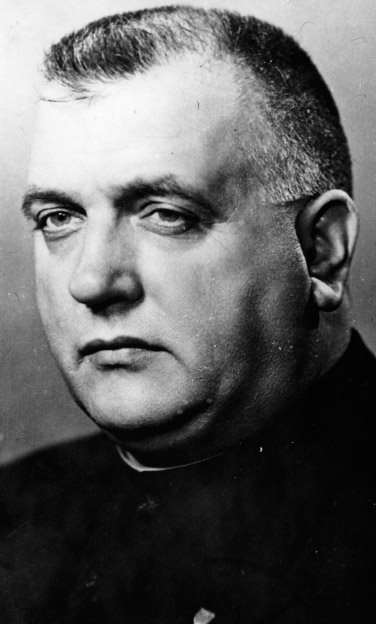
Jozef Tiso led the pro-German Slovak state from 1939 to 1945
In March 1939 German diplomacy scored a huge success. For some months the Germans had been talking to politicians of the Slovak Peoples Party, led by Jozef Tiso. The Slovaks had for generations been wanting independence from the old Habsburg Empire and in 1919 had been none too pleased to be pushed into the new state of Czechoslovakia, especially as they were outnumbered by the Czechs. The Germans now egged on Tiso, promising him German trade treaties and military advisers if the Slovaks declared themselves independent of Czechoslovakia.
Font size:
Interval:
Bookmark:
Similar books «Stalingrad»
Look at similar books to Stalingrad. We have selected literature similar in name and meaning in the hope of providing readers with more options to find new, interesting, not yet read works.
Discussion, reviews of the book Stalingrad and just readers' own opinions. Leave your comments, write what you think about the work, its meaning or the main characters. Specify what exactly you liked and what you didn't like, and why you think so.

